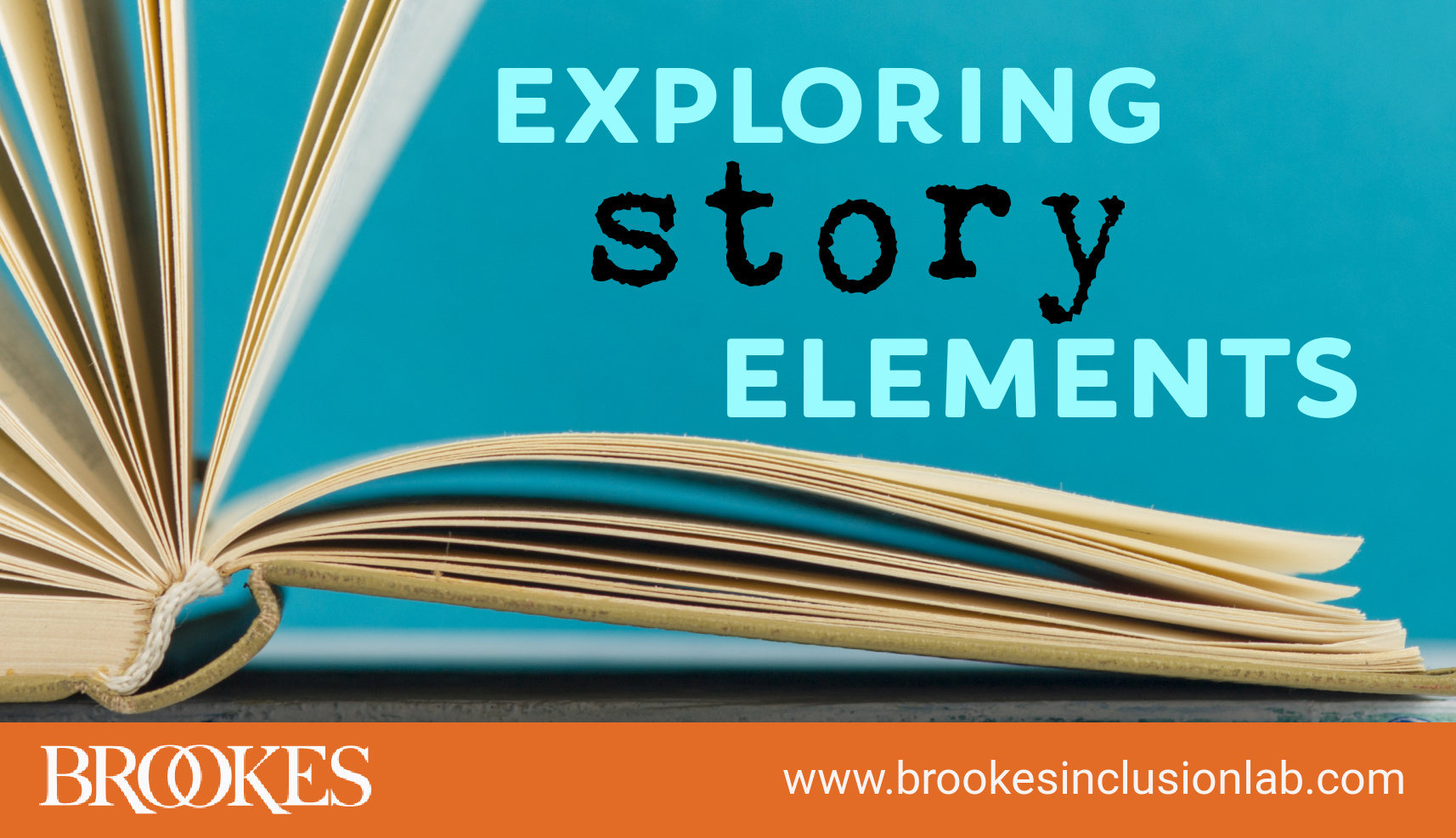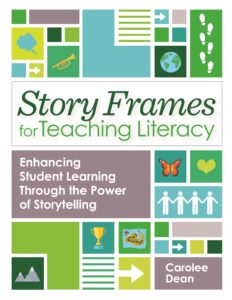6 Ways to Explore Story Elements With Your Students
March 23, 2021
 Storytelling is much more than an art form for budding young writers to master—it’s an invaluable teaching tool for your entire class. The process of learning to analyze and create stories can strengthen critical literacy and learning skills for every one of your students, reinforcing core concepts like phonological awareness, reading comprehension, oral language, vocabulary, grammar, syntax, narrative development, and expository writing.
Storytelling is much more than an art form for budding young writers to master—it’s an invaluable teaching tool for your entire class. The process of learning to analyze and create stories can strengthen critical literacy and learning skills for every one of your students, reinforcing core concepts like phonological awareness, reading comprehension, oral language, vocabulary, grammar, syntax, narrative development, and expository writing.
In her upcoming book Story Frames for Teaching Literacy, Carolee Dean reveals how to enhance student learning by teaching 12 key story elements:
1) The Ordinary World
2) Call and Response
3) Mentors, Guides, and Gifts
4) Crossing
5) New World
6) Problems, Prizes, and Plans
7) Midpoint Attempt
8) Downtime Response
9) Chase and Escape
10) Death and Transformation
11) Climax: The Final Test
12) Final Reward
Today’s blog post, excerpted and adapted from Dean’s book, shares some specific ideas for exploring the story elements with your students. Use these ideas as a starting point, and then check out the book for a complete guide to unlocking literacy and learning skills through the power of stories.
Analyze a picture book. Read a picture book to your class, and then go back and talk about each story element as it arises. This is an effective exercise for students of all ages: Picture books are short, so the entire story can be told and analyzed in one session. Have your students create a storyboard based on the picture book, incorporating all 12 story elements.
Have a movie discussion. Encourage students to use the story elements to discuss the plots of movies they have seen. Movie clubs may be organized around this idea and movie reviews may be written or filmed. Not only will this reinforce the story elements, it will also help with social and communication skills; the ability to talk with peers about movies is an important interpersonal skill.
Explore story downtime. Students are typically good at creating and identifying action in stories, but much can be gained from exploring what happens during the quieter moments. Start a discussion focused on exploring the downtime of a story, which is when planning, reflection, and internal responses occur. By using concrete examples with students, they may more easily understand these abstract concepts.
Generate story ideas. Oral language precedes written language and provides a foundation for writing (American Speech-Language-Hearing Association, 2001), so get students talking about story ideas before you ask them to put their thoughts down on paper. Offer activities designed to generate a large number of ideas before you ask a student to pick one to write about.
Help students who get stuck. When students say they don’t know what to write or get stuck at a certain point in their story, have them refer back to the 12 story elements. Ask them to identify where they are in their own story and offer suggestions for what story element might come next.
Create a collaborative story. Students often benefit from writing a collaborative story before attempting to write a story on their own. Guide a group activity that lets your students brainstorm a story together (there are some great sample activities in Story Frames for Teaching Literacy).
 For complete guidance on how to teach all 12 key story elements—plus more than 35 adaptable lesson plans—order your copy of Story Frames for Teaching Literacy!
For complete guidance on how to teach all 12 key story elements—plus more than 35 adaptable lesson plans—order your copy of Story Frames for Teaching Literacy!
DOWNLOAD THE TIP SHEET
 If you liked the ideas in today’s post, download them as a handy tip sheet and share them with friends!
If you liked the ideas in today’s post, download them as a handy tip sheet and share them with friends!




Write a Comment
Your email address will not be published. Required fields are marked *
Post a Comment